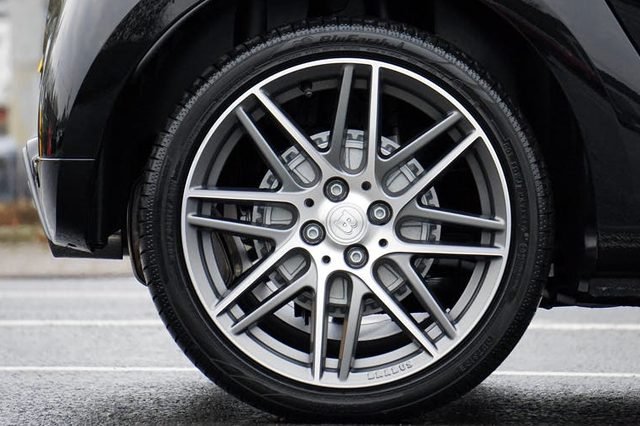How to Paint Pottery Step by Step?
When talking about crafts and art, it is necessary to know how to make clay sculptures, how to cook clay or how to dry a clay sculpture, but in this case we are going to explain how to paint ceramics step by step.
Ceramics is a basic material for all those who are dedicated to the world of sculpture, both for those who do all kinds of crafts at a professional level and for those who do it at an amateur level as a hobby. Next we are going to explain everything you need to know to paint on ceramics, so that you can paint a vase, crockery, tiles, etc.

Types of ceramic paint
Before starting to explain how to paint ceramics step by step, it is important that you keep in mind that there are different types of paint for ceramics, being able to talk about the following options from which to choose:
- Acrylic. It is the one that works in a simpler way and is the most economical. It stands out for its plasticity and its ease of drying, which make it a clean, effective and simple way to paint a large number of objects and surfaces. It is used for many types of materials; among which we must include ceramics.
- latex. It is a type of paint that offers a great finish, as it is smooth and shiny, but it has the drawback that it is a very delicate type of paint.
- Epoxy. This paint is used on wall or floor tiles, being more complicated to work with, but it offers great results on surfaces that are going to be heavily traveled.
- Varnish. The varnish is ideal to be able to maintain the color, so a layer must be applied after the painting, being essential to prevent the color from jumping. You can choose with a matte or gloss finish.
Instructions for painting ceramics step by step
Once the types of paint are known, we are going to explain how to paint ceramics step by step. The instructions that we are going to give below serve both to paint vessels and to paint a vase or any other type of object made of this material:
- The first of the steps to be carried out is to clean the object to be painted so that it remains smooth and without lumps. It is very important to ensure that the paint can adhere more easily. To do so, you can use sandpaper if necessary, although you will have to use it gently to prevent the piece from deforming; and you will have to use soft sandpaper. If you just made the object in a mold, you can use a scraper as well as a line eraser sponge to clean the surface.
- Next you will have to select the appropriate brushes and the colors to use. You will need a flat brush or a thick one to evenly color the spaces and the ceramic; a fine thickness brush for details; and a paint pencil to be able to write words and make lines. These are some options to consider when painting on ceramics, and always keep in mind that the edges of the bristles are uniform and straight.
- To obtain the desired tone, it is advisable to give three layers of paint to said object. In any case, you will be able to see the tonality as you paint it and let it dry. When it is dry you will see if it is the tone you want for the ceramic object or if, on the contrary, you will need to give it a new layer to achieve the tone you are interested in.
- One -way painting is recommended, as well as allowing sufficient time for the primer to dry before starting to use other colors. In the event that there is going to be an overlapping of colors, it is preferable to opt for the lighter one, since in this way it will be easier to achieve an ideal finish.
- In the event that you want to know how to paint ceramics step by step for elaborations and decorations that require greater precision, you can use a tape, thanks to which it will be easier for you to paint straight lines; or resort to the use of templates thanks to which you can paint different decoration motifs.
- If during the painting process some type of mistake is made, you can use sponges with a little water or a moistened cotton to be able to eliminate the errors. If more time has passed, you will have to use hotter water.
- To finish, you will have to put the object in the oven to get the paint to set. To do this you will have to let it dry for 24 hours and then proceed to put the ceramic in the oven at 150ºC for about 35 minutes.
- After this time, let it cool completely before removing it from the oven.







